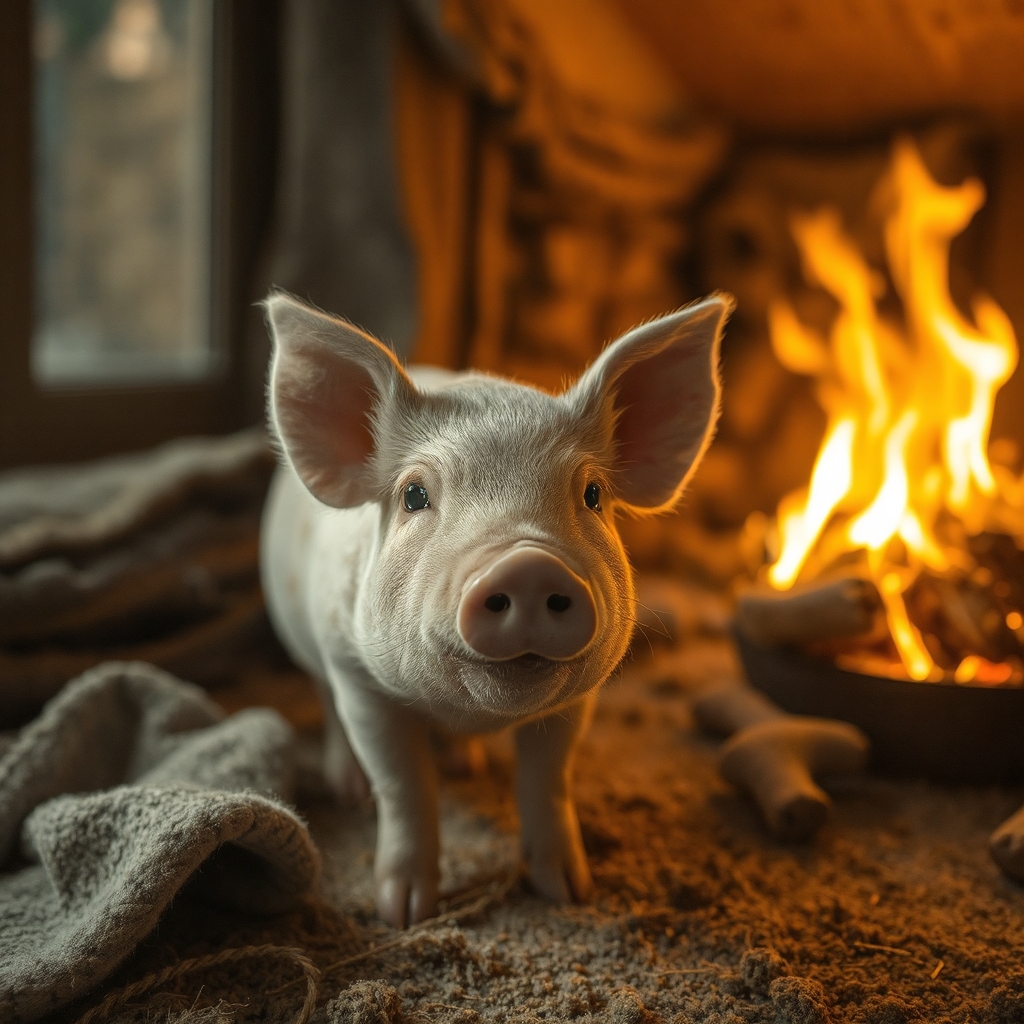How to Look After a Pig in the House: The Ultimate Guide to Swine-Tastic Living
So, you’ve decided to welcome a pig into your home. Congrats! You’re about to embark on an adventure filled with snorts, squeals, and snuggles. But before your house turns into a barnyard chaos, here’s a handy guide to ensure you and your piggy pal live in perfect harmony.
---
Step 1: Know Your Pig
Pigs aren’t just bacon in waiting; they’re intelligent, social creatures with unique personalities. Most people who bring pigs into their homes opt for a miniature breed, like the potbellied pig or kunekune. But don’t be fooled by the word “miniature”—these little oinkers can still grow up to 100–150 pounds.
Pro Tip: Before committing, ensure you’ve done your research on the breed and their care needs.
---
Step 2: Pig-Proof Your House
If you thought childproofing was a chore, get ready for pig-proofing! These curious critters will root, nudge, and nibble everything in sight.
1. Remove Chewables: Pigs love to chew on cords, shoes, and anything remotely chewable. Secure electrical cords and hide your favorite sneakers.
2. Secure Cabinets: Invest in childproof locks for cabinets. Your pig is a food detective and will find that bag of chips no matter how well you hide it.
3. Create a Safe Space: Dedicate a cozy, quiet area where your pig can retreat for some downtime. A comfy blanket or piggy bed will do the trick.
---
Step 3: The Piggy Diet
Pigs aren’t trash compactors, so resist the urge to feed them table scraps willy-nilly. A balanced diet includes:
Specialty Pig Pellets: These provide all the essential nutrients.
Fresh Veggies and Fruits: Apples, carrots, cucumbers—keep it healthy and fresh.
Limited Treats: Cheerios or the occasional popcorn kernel can work as training rewards.
Pro Tip: Avoid salty or sugary foods, as pigs are prone to obesity.
---
Step 4: Potty Training Your Pig
Believe it or not, pigs are highly trainable and can learn to use a litter box!
1. Choose a large, shallow box and fill it with pine pellets or another pig-safe litter.
2. Place the box in an area where your pig spends a lot of time.
3. Use treats and positive reinforcement to encourage good behavior.
---
Step 5: Exercise and Enrichment
Pigs need physical and mental stimulation to prevent boredom (and mischief!).
Toys: Rooting mats, treat puzzles, or even a ball can keep your pig entertained.
Walks: Yes, you can take your pig for a walk! Use a harness and leash specifically designed for pigs.
Rooting Zone: Create a designated area with soft soil or blankets where your pig can indulge in their natural rooting behavior.
---
Step 6: Regular Grooming
Pigs don’t sweat, so they need help staying clean and cool.
Bath Time: Use pig-safe shampoo, and make bath time a relaxing experience.
Hoof Care: Trim your pig’s hooves regularly to prevent discomfort. If you’re unsure how, consult a vet.
Skin Care: Pigs are prone to dry skin, so apply a small amount of coconut oil as needed.
---
Step 7: Vet Care is a Must
Pigs require regular checkups, vaccinations, and spaying or neutering. Find a veterinarian experienced in pig care, as not all vets are equipped to handle these unique pets.
---
Step 8: Embrace the Snorts and Silliness
Pigs are social animals and thrive on attention and affection. Spend quality time with your pig by playing, cuddling, or simply chilling on the couch. They’ll soon become your favorite Netflix buddy.
Pro Tip: Pigs can learn tricks! Teach them to sit, spin, or even fetch. They’ll love the mental stimulation and, of course, the treats.
---
Final Thoughts
Living with a pig might not be for everyone, but for the right person, it’s a joyful and rewarding experience. Pigs are loving, funny, and endlessly entertaining companions. Just remember, a happy pig is a healthy pig—and one that won’t turn your house into a muddy disaster zone.
So go ahead, embrace the pig life. It’s snort-tacular!


.jpeg)
.jpg)
Comments
Post a Comment